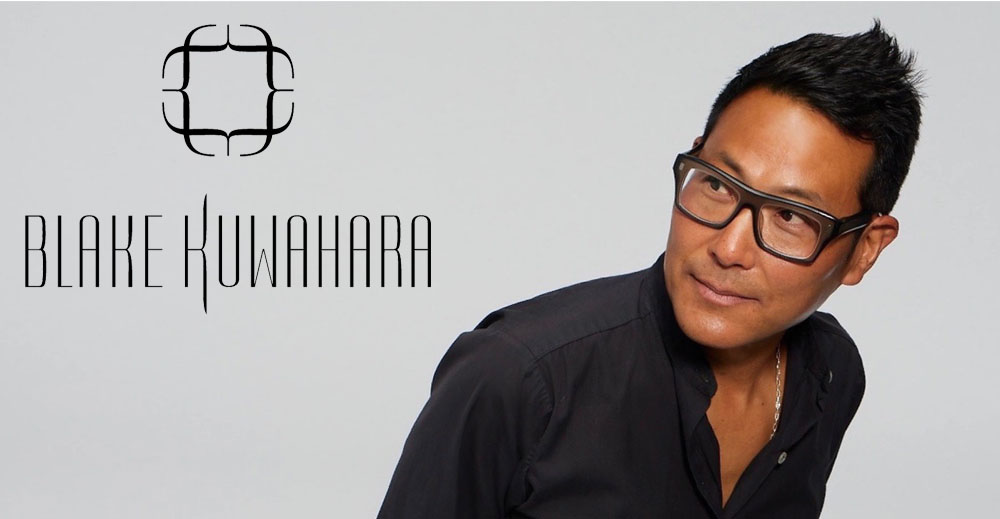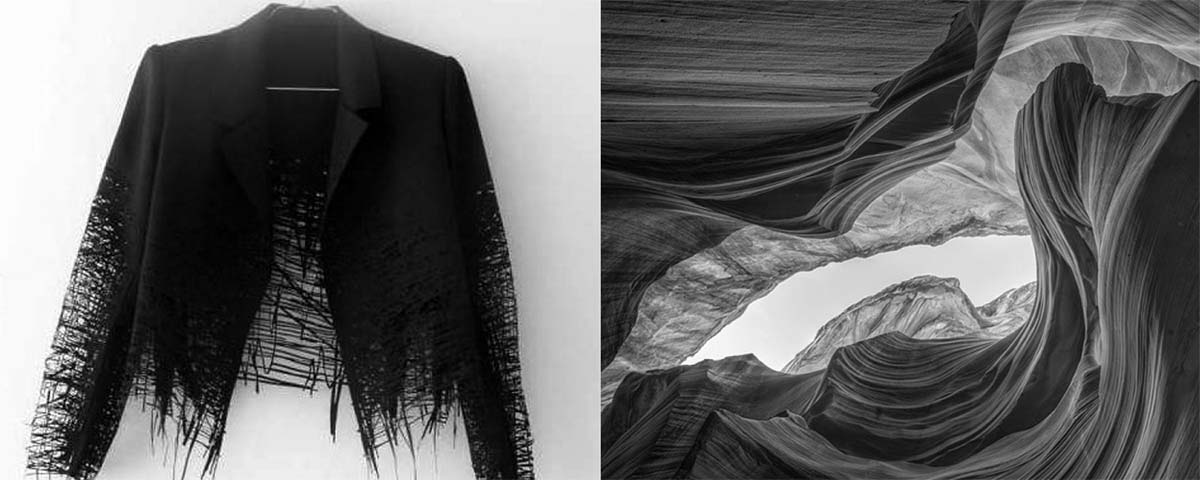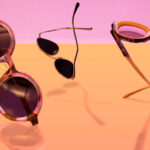At this year’s Bold Optical Fair, the amazing eyewear brand Blake Kuwahara will be exhibiting for the first time. A great time to ask the man himself some questions! About his own brand, his design work for his company Focus Group West, and what makes him tick in his personal life.
[bne_testimonials layout=”slider” category=”BK1-1″]
[bne_testimonials layout=”slider” category=”BK1-2″]
[bne_testimonials layout=”slider” category=”BK2-1″]
[bne_testimonials layout=”slider” category=”BK2-2″]
[bne_testimonials layout=”slider” category=”BK3-1″]
[bne_testimonials layout=”slider” category=”BK3-2″]
[bne_testimonials layout=”slider” category=”BK4-1″]
[bne_testimonials layout=”slider” category=”BK4-2″]
[bne_testimonials layout=”slider” category=”BK5-1″]
[bne_testimonials layout=”slider” category=”BK5-2″]
[bne_testimonials layout=”slider” category=”BK6-1″]
[bne_testimonials layout=”slider” category=”BK6-2″]
[bne_testimonials layout=”slider” category=”BK7-1″]
[bne_testimonials layout=”slider” category=”BK7-2″]
[bne_testimonials layout=”slider” category=”BK8-1″]
[bne_testimonials layout=”slider” category=”BK8-2″]
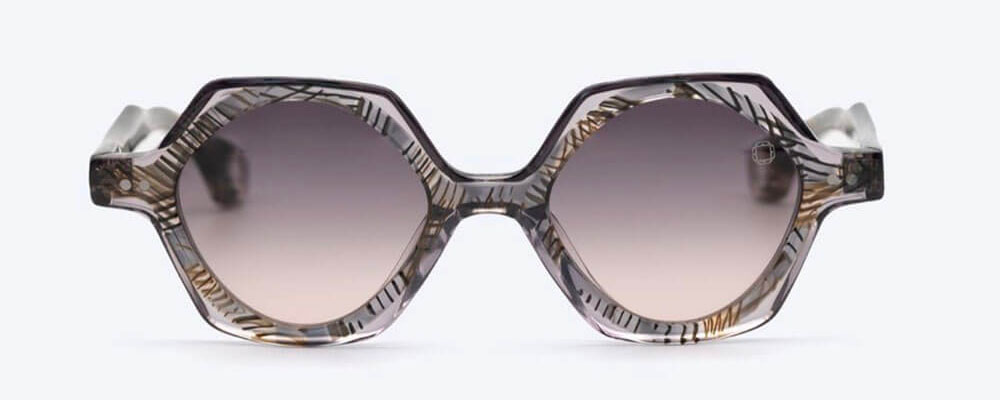
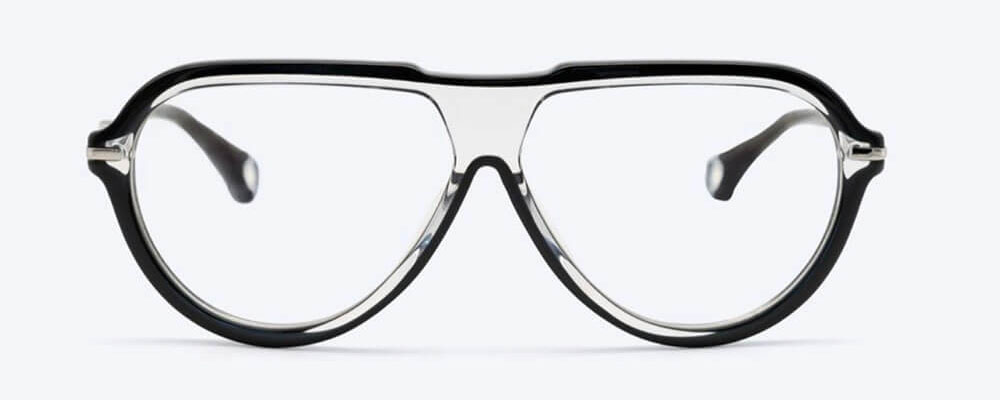
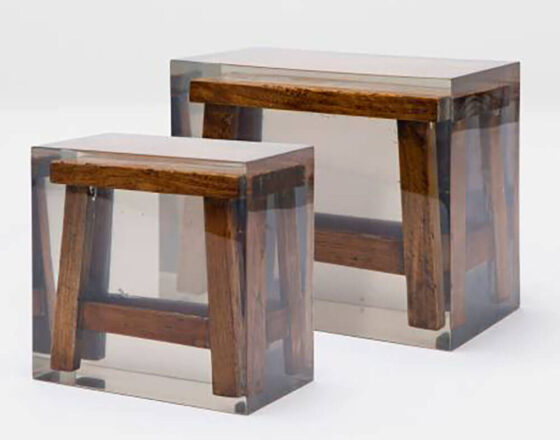
[bne_testimonials layout=”slider” category=”BK9-1″]
[bne_testimonials layout=”slider” category=”BK9-2″]
[bne_testimonials layout=”slider” category=”BK10-1″]
[bne_testimonials layout=”slider” category=”BK10-2″]
[URIS id=36375]
[bne_testimonials layout=”slider” category=”BK11-1″]
[bne_testimonials layout=”slider” category=”BK11-2″]
[bne_testimonials layout=”slider” category=”BK12-1″]
[bne_testimonials layout=”slider” category=”BK12-2″]
[bne_testimonials layout=”slider” category=”BK13-1″]
[bne_testimonials layout=”slider” category=”BK13-2″]
[bne_testimonials layout=”slider” category=”BK14-1″]
[bne_testimonials layout=”slider” category=”BK14-2″]
[bne_testimonials layout=”slider” category=”BK15-1″]
[bne_testimonials layout=”slider” category=”BK15-2″]
[bne_testimonials layout=”slider” category=”BK16-1″]
[bne_testimonials layout=”slider” category=”BK16-2″]

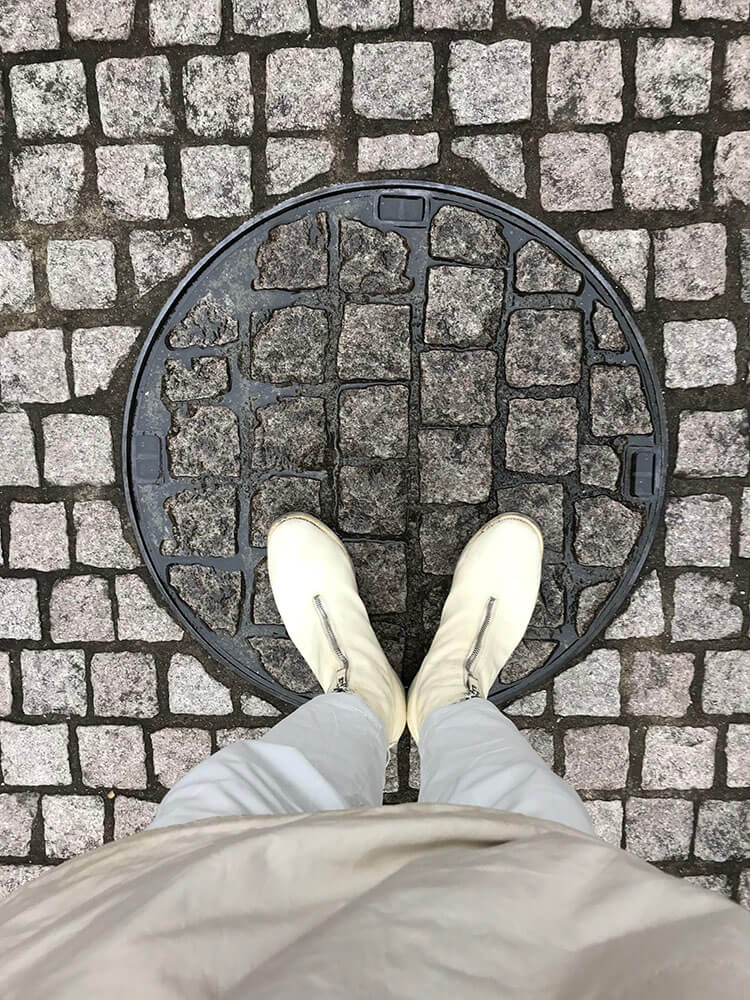
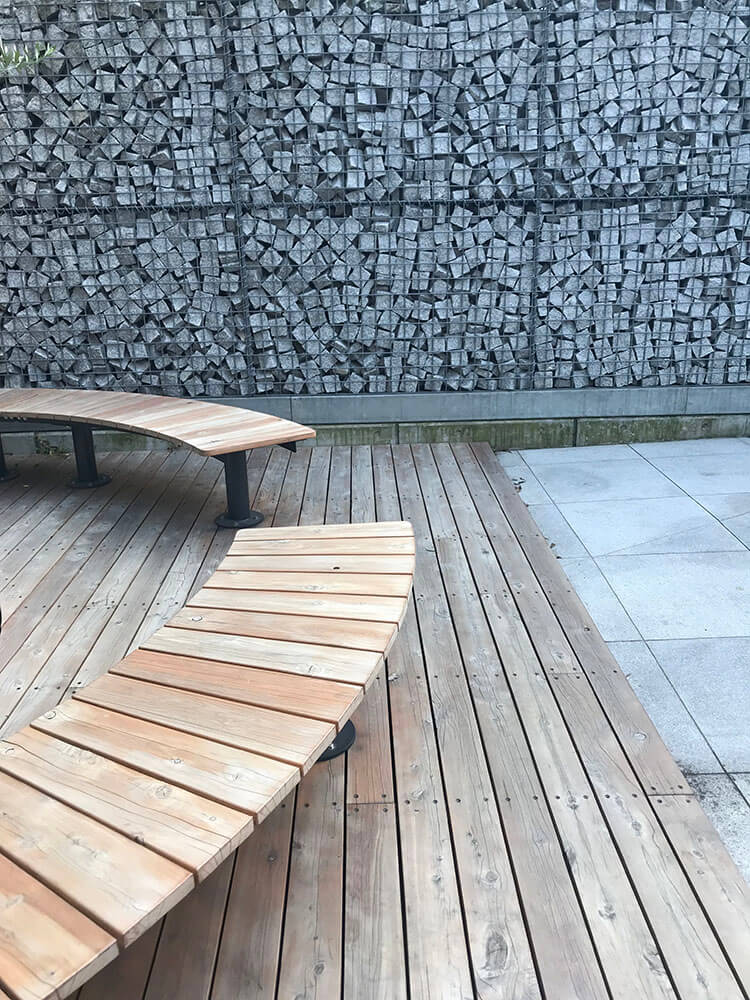
[bne_testimonials layout=”slider” category=”BK17-1″]
[bne_testimonials layout=”slider” category=”BK17-2″]

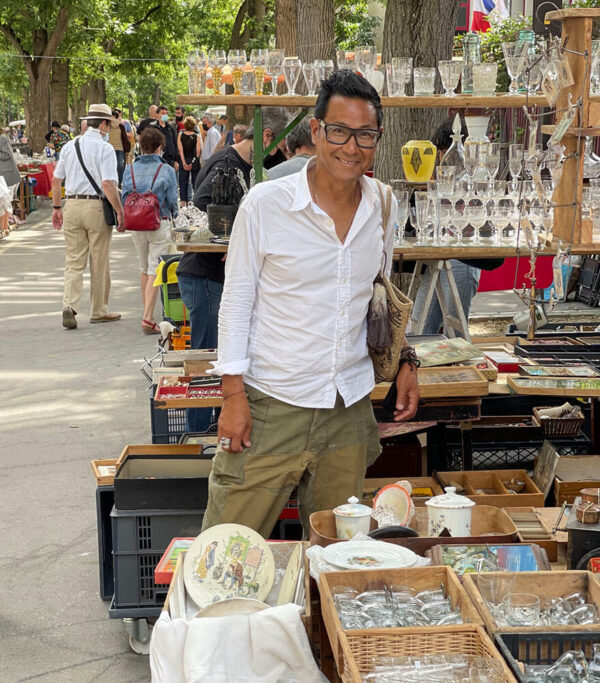

[bne_testimonials layout=”slider” category=”BK18-1″]
[bne_testimonials layout=”slider” category=”BK18-2″]
[bne_testimonials layout=”slider” category=”BK19-1″]
[bne_testimonials layout=”slider” category=”BK19-2″]




[bne_testimonials layout=”slider” category=”BK20-1″]
[bne_testimonials layout=”slider” category=”BK20-2″]
About Blake Kuwahara:
Kuwahara, the founder of the multi-disciplinary design agency, Focus Group West, first gained international acclaim as the creator and designer of the exclusive KATA Eyewear brand. His groundbreaking use of engineering and production techniques together with his highly curated eye reinvented the way eyewear design is approached today.
Read more about this awesome American brand which is made in Japan on TEF Magazine or visit their website.

